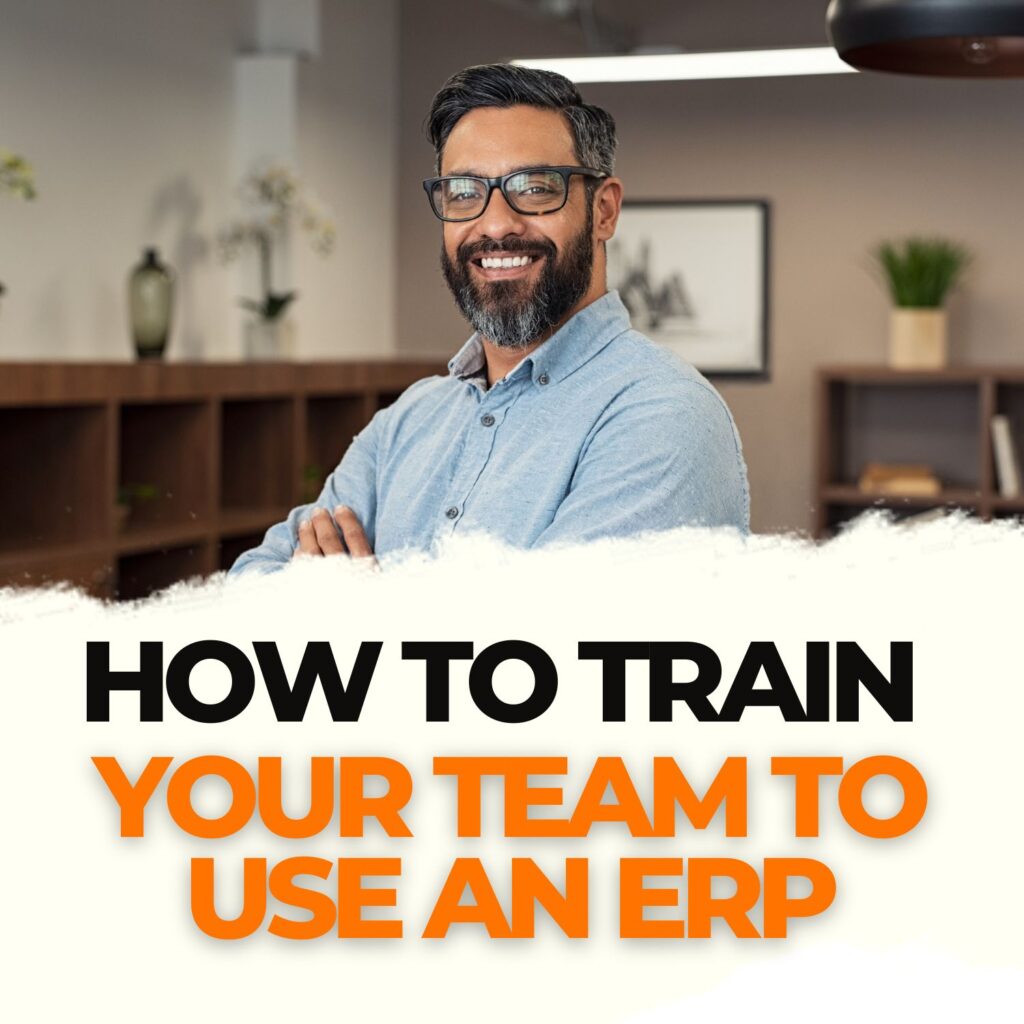Implementing an ERP-CRM system like synergy.monster can significantly enhance business efficiency, but its success depends on how well your team is trained to use it. Proper training ensures that employees can leverage the software’s capabilities to optimize workflows, improve customer relationships, and streamline business operations. This comprehensive guide will walk you through the best practices for training your team to use an ERP-CRM effectively.
1. Understanding the Importance of ERP-CRM Training
Before diving into the training process, it’s crucial to recognize why training matters. An ERP-CRM system integrates various business functions, from customer relationship management to inventory control and financial tracking. Without proper training, employees may struggle to utilize the system efficiently, leading to wasted time, frustration, and potential data errors.
Key benefits of effective training include:
- Increased productivity by reducing the learning curve
- Enhanced accuracy in data entry and reporting
- Improved customer service through better management tools
- Higher employee confidence and job satisfaction
2. Develop a Structured Training Plan
A well-structured training program ensures that every employee understands their role in using the ERP-CRM system. The training plan should include:
- Objectives: Define clear goals for what employees should achieve by the end of the training.
- Timeline: Set a realistic schedule for training sessions, including initial training and follow-ups.
- Training Methods: Choose a mix of self-paced learning, hands-on practice, and instructor-led sessions.
- Evaluation Metrics: Establish ways to measure the success of the training program.
3. Assign Role-Based Training
Not all employees need to learn every feature of the ERP-CRM system. Role-based training ensures that each team member focuses on the functions relevant to their job responsibilities.
- Sales Team: Focus on lead management, customer interactions, and sales tracking.
- Marketing Team: Learn about campaign tracking, customer segmentation, and automation tools.
- Finance Team: Train on invoicing, expense tracking, and financial reporting.
- Operations Team: Understand supply chain management, inventory tracking, and workflow automation.
4. Use Interactive and Hands-On Training Methods
Engagement is key to successful training. Passive learning, such as reading manuals, is less effective than interactive training. Consider these methods:
- Live Demonstrations: Show real-time usage of the ERP-CRM system.
- Hands-On Practice: Allow employees to test the system with sample data.
- Video Tutorials: Provide easy-to-follow instructional videos for later reference.
- Gamification: Use quizzes, challenges, or simulations to make learning more engaging.
5. Provide Ongoing Support and Resources
Training shouldn’t end after the initial implementation. Continuous support is necessary to ensure that employees stay updated with system enhancements and best practices.
- Dedicated Help Desk: Establish a support team to answer questions and resolve issues.
- User Manuals & FAQs: Maintain an easily accessible knowledge base.
- Regular Workshops: Schedule periodic refresher courses to reinforce knowledge.
- Mentorship Program: Pair new users with experienced employees for guidance.
6. Encourage a Culture of Continuous Learning
Technology evolves, and so should your team’s skills. Foster a learning environment where employees are encouraged to explore new features and stay updated with software developments.
- Reward Proactive Learners: Recognize employees who take the initiative to learn.
- Encourage Feedback: Gather input from users to improve training programs.
- Stay Updated: Keep track of system updates and provide training accordingly.
7. Monitor Progress and Adjust Training as Needed
Evaluating training effectiveness is crucial for continuous improvement. Use the following metrics to assess progress:
- User Proficiency: Measure how well employees can navigate and use the system.
- Error Rates: Track common mistakes to identify areas that need more focus.
- User Feedback: Conduct surveys to gauge satisfaction and understanding.
- System Utilization: Analyze how frequently employees use different features.
If any gaps are identified, refine the training program accordingly.
Conclusion
Training your team to use an ERP-CRM effectively is an investment that pays off in productivity, efficiency, and improved business operations. By developing a structured training plan, utilizing hands-on learning methods, and providing ongoing support, you can ensure a smooth transition and long-term success with your ERP-CRM system.
Implement these strategies, and watch your team confidently harness the power of synergy.monster to drive your business forward!


